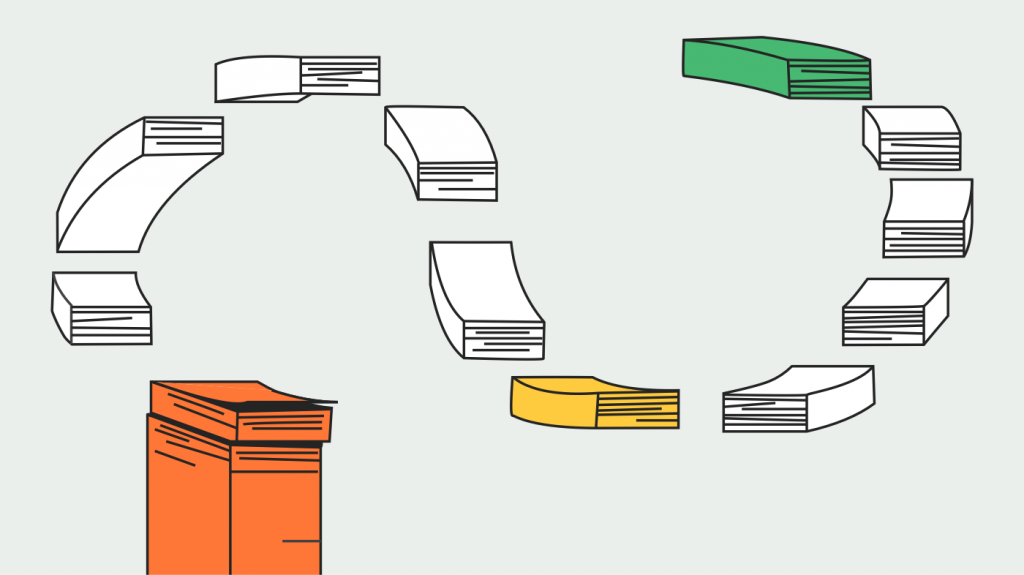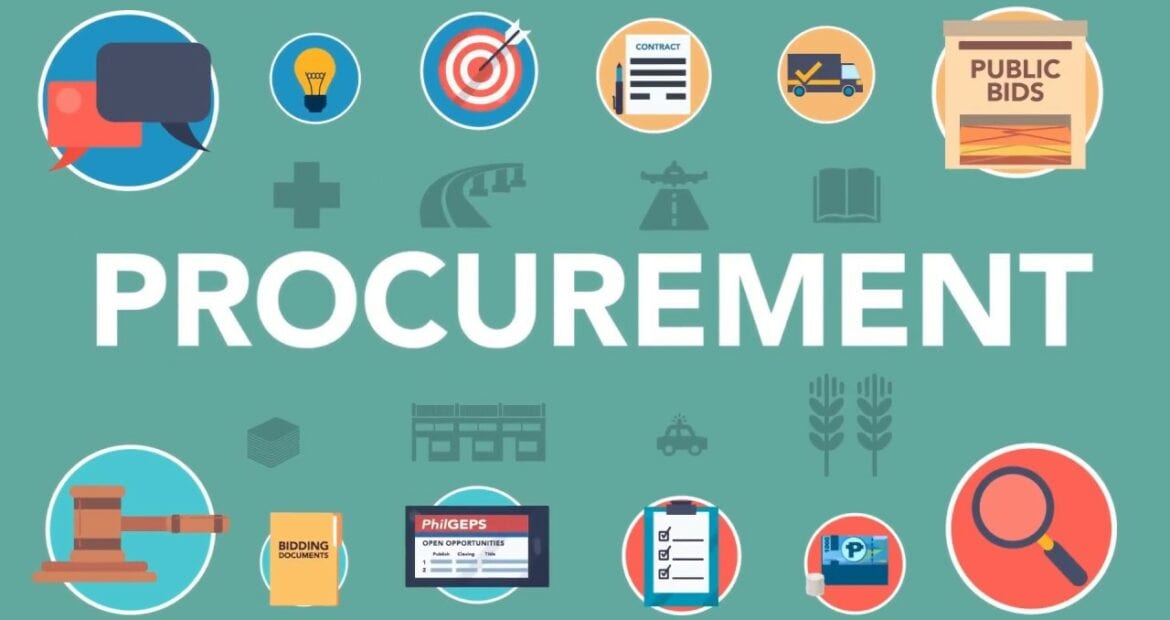
Effective sourcing in procurement is no longer a luxury—it’s a necessity.
For finance and procurement executives, understanding the intricacies of sourcing is crucial in ensuring a stable supply chain, mitigating risks, and ultimately achieving a competitive edge.
But what exactly is sourcing in procurement, and how does it unlock value for businesses?
Understanding Sourcing in Procurement
Sourcing is the process of finding the most suitable suppliers of goods and services for a company. It’s about balancing cost, profit margins, and competitiveness. The right supplier must offer a good enough price so that the acquiring business can make a profit margin by trading or using the product in their production process, all while considering the actions of competitors.
Although often used interchangeably, sourcing and procurement are distinct but related concepts. Sourcing involves finding, vetting, and onboarding suppliers, whereas procurement deals with the steady flow of goods through the supply chain.
The Importance of a Sourcing Strategy
In order to attain a stable supply chain, it’s important to develop a proper sourcing strategy. A sourcing strategy serves several purposes:
- Consolidating purchasing power: A strategic approach to sourcing allows a business to negotiate for lower unit prices through bulk purchases. This can result in higher profit margins or lower selling prices, thereby increasing the competitiveness of a company’s products.
- Risk mitigation: By conducting research on prospective suppliers, a company can avoid suppliers who are not a strategic fit, perhaps in terms of capacity, culture, or regulatory compliance. This can protect the company from possible disruptions arising from a supplier’s non-performance.
- Scouring the market for opportunities: Strategic sourcing is an ongoing process of searching the market for new opportunities. New suppliers with superior product quality, more competitive prices, or even new production technology may emerge. The role of the sourcing team is to establish contact, gather intelligence, and lay the groundwork for future contracts, helping the business stay competitive in the long term.
The Sourcing Process: A Step-by-Step Guide
The sourcing process can be broken down into seven key steps:
- Analysis of Internal Needs: This involves determining the goods and services the company needs to acquire, as well as how much of each item is required based on past requirements and activity growth projections.
- Researching the Market: The organization should research the market to find potential suppliers and their offerings. This includes considering logistical costs and the risks that arise from working with each of them.
- Developing the Sourcing Strategy: The company comes up with a method of determining which supplier to work with, ensuring both reasonable costs and supply chain stability.
- Requests for Proposals and Quotes: Once potential suppliers have been identified, the company will invite them to send in their bids to supply goods or deliver a service. These proposals need to be detailed enough for the sourcing team to assess the supplier’s capacity to deliver.
- Negotiating Contracts: After receiving proposals, the company will shortlist suppliers they want to work with based on an objective criterion. This often involves negotiations for adjustment of certain terms.
- Onboarding and Integration of the Suppliers: Once a contract is signed, the supplier undergoes a formal onboarding process, which involves setting up communication lines.
- Assessment of Results: Sourcing is an ongoing process, and for current suppliers, the company has to monitor their performance against predetermined standards continually. This is a critical part of supplier relationship management.
Sourcing Strategies to Consider
There are several types of sourcing strategies, including near-sourcing, insourcing, global sourcing, sub-contracting, captive service operations, manufacturing, vertical integration, and joint ventures. Each comes with its own set of benefits and challenges.
For instance, near-sourcing can save on cost and time in transportation but may require a higher initial investment. Conversely, offshoring can offer cost savings but often incurs additional time and costs in transportation.
The Power of Technology in Sourcing
The use of technology can help streamline sourcing activities. From gathering information about suppliers and sending requests for proposals to performance benchmarking and assessment, digital tools have revolutionized the sourcing and procurement process.
According to a Gartner survey, 85% of businesses have already implemented, or plan to implement, digital procurement solutions in the next two years.
With a proper understanding of sourcing in procurement and the use of strategic sourcing practices, finance and procurement executives can unlock significant value for their organizations.
By adopting efficient sourcing strategies and leveraging the power of technology, businesses can streamline their procurement processes, reduce costs, increase competitiveness, and ultimately drive growth.







